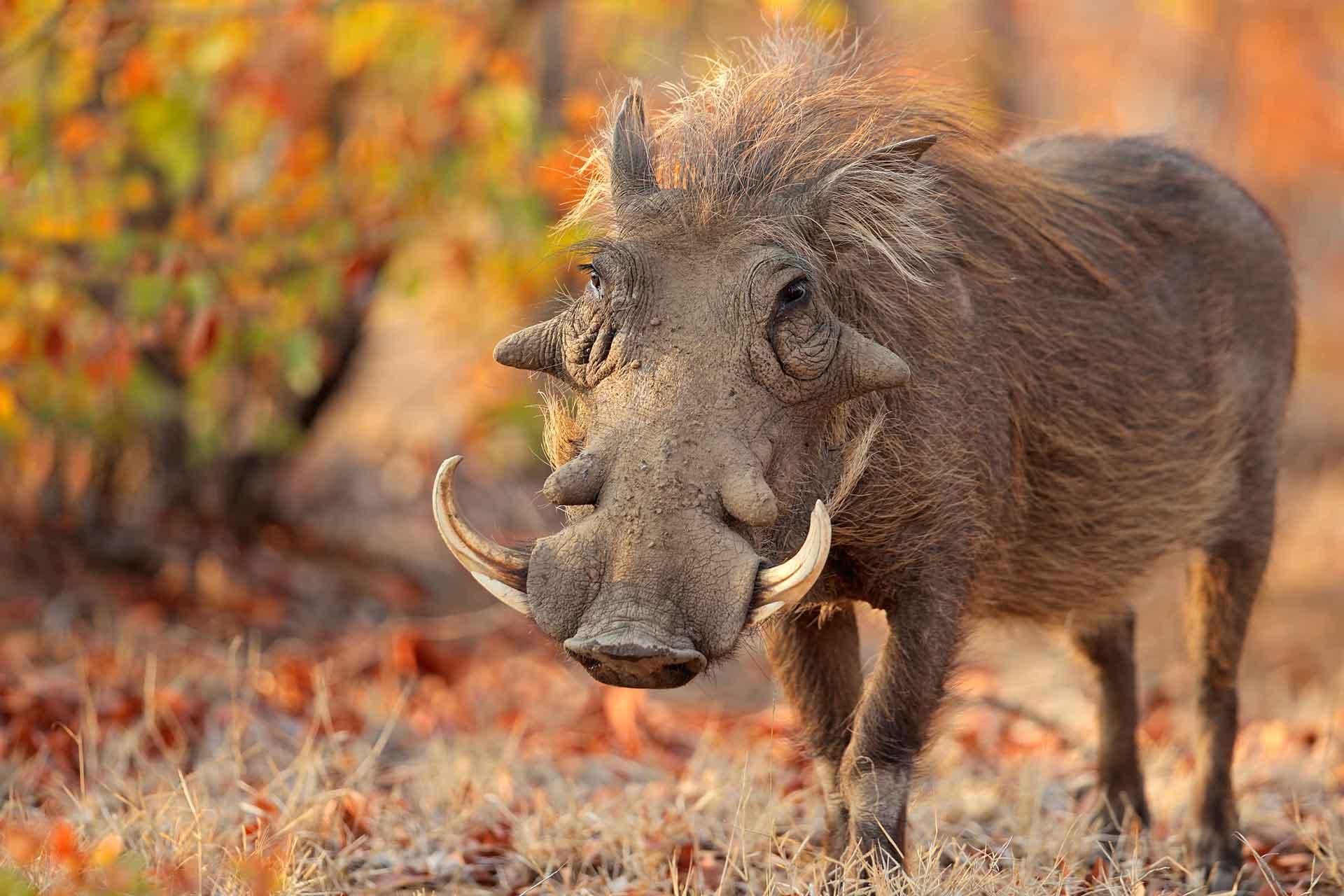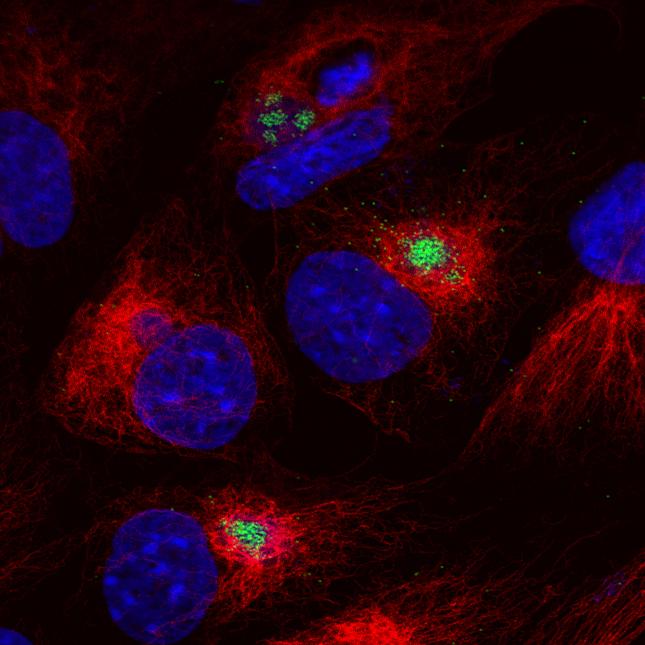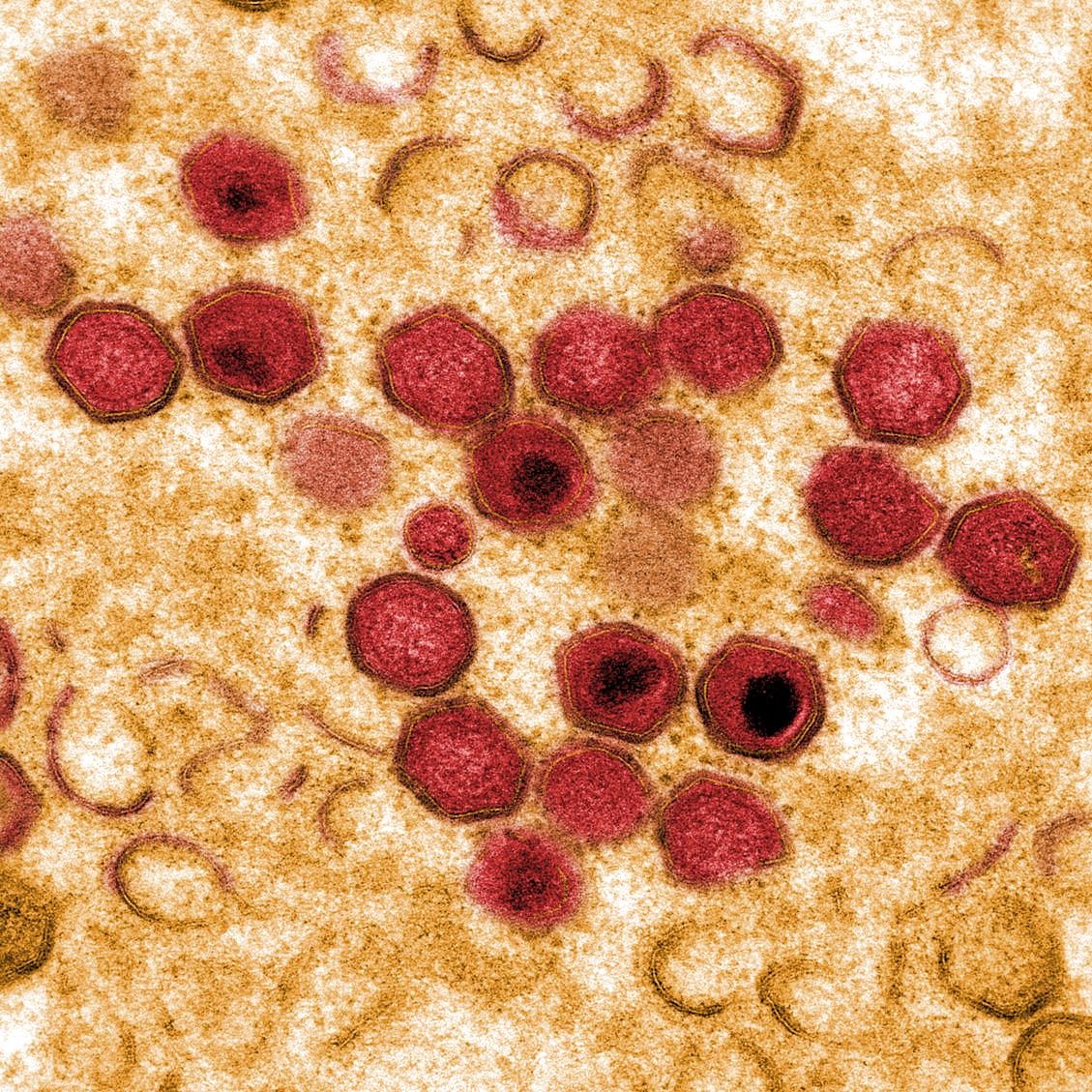Cellular and humoral immune responses after immunisation with low virulent African swine fever virus in the large white inbred Babraham line and outbred domestic pigs
African swine fever virus is currently present in all of the world's continents apart from Antarctica, and efforts to control the disease are hampered by the lack of a commercially available vaccine. The Babraham large white pig is a highly inbred line that could represent a powerful tool to improve our understanding of the protective immune responses to this complex pathogen; however, previous studies indicated differential vaccine responses after the African swine fever virus challenge of inbred minipigs with different swine leukocyte antigen haplotypes. Lymphocyte numbers and African swine fever virus-specific antibody and T-cell responses were measured in inbred and outbred animals after inoculation with a low virulent African swine fever virus isolate and subsequent challenge with a related virulent virus. Surprisingly, diminished immune responses were observed in the Babraham pigs when compared to the outbred animals, and the inbred pigs were not protected after challenge. Recovery of Babraham pigs after challenge weakly correlated with antibody responses, whereas protective responses in outbred animals more closely correlated with the T-cell response. The Babraham pig may, therefore, represent a useful model for studying the role of antibodies in protection against the African swine fever virus.


